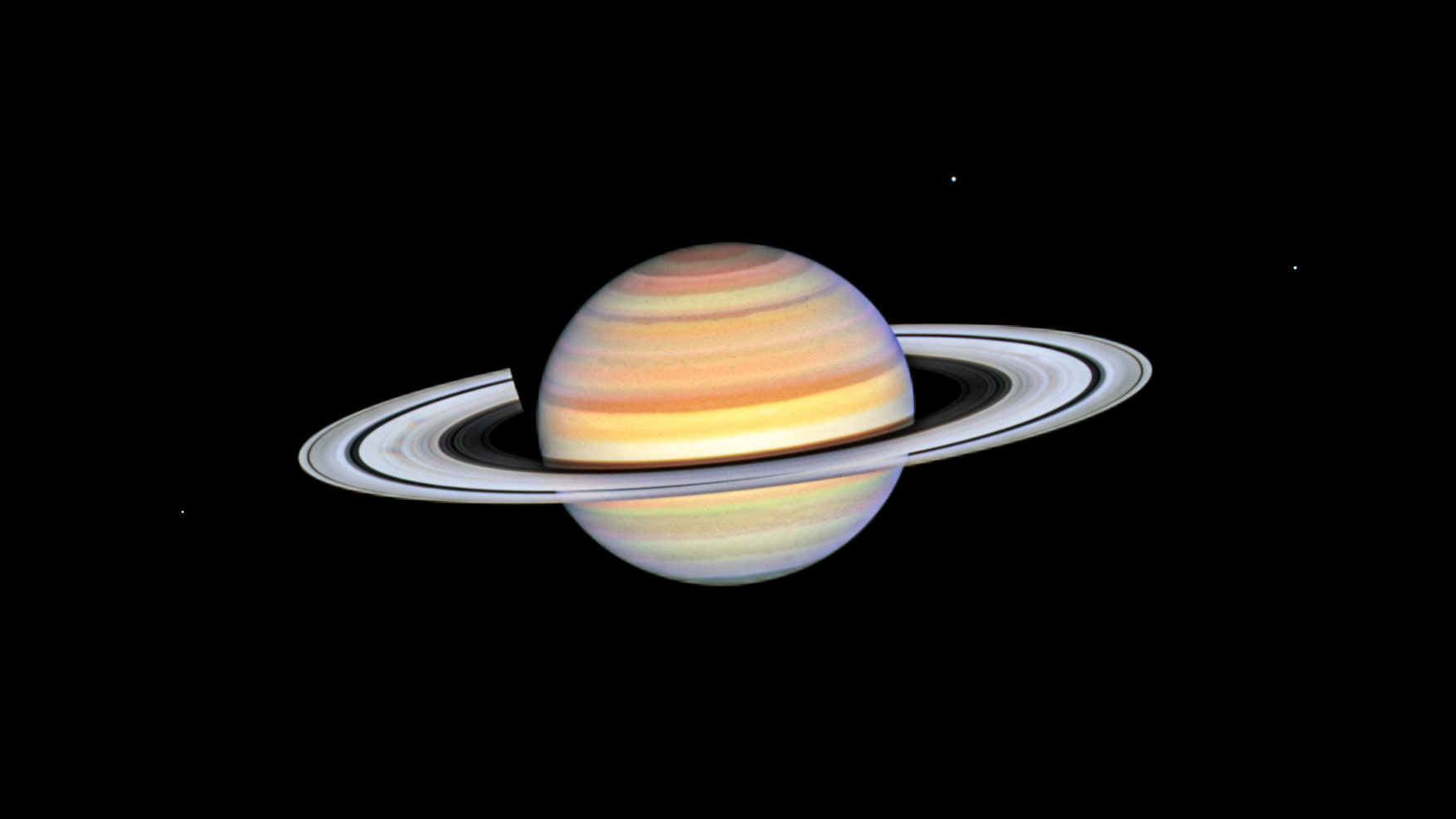2 min read

Although Cassini scientists are still working on determining the exact origin of Saturn’s main system of rings—and hope to collect data that will answer this question as its mission draws to a close—they have learned along the way that there are in fact, many ways to form rings around a planet.
There is a diffuse ring that is created out of the bits of water ice jetted out by the moon Enceladus (the E ring). There are rings that were created because of the material thrown off when meteorites hit moons (such as the G ring and the two rings discovered by Cassini in images from 2006—the Janus-Epimetheus ring and the Pallene ring). There are rings controlled by interactions with moons, like the F ring, which is regularly perturbed by Prometheus, and the narrow ringlets that share the Encke Gap with Pan.

In addition to the rings’ origins, Cassini’s close-up examination has also revealed propeller-shaped features that mark the locations of hidden moonlets. The processes involved in the formation of such objects are thought to be similar to how planets form in disks around young stars.
Cassini also helped explain Saturn’s “spokes,” first spotted during the Voyager flybys of the early 1980s. Cassini scientists figured out that they are made of tiny ice particles that are lifted above the surface of the rings by an electrostatic charge, the way a statically-charged balloon held over a person’s head will lift hairs. Their charge appears to be related to the angle of sunlight striking the rings—a seasonal effect.
The changing angle of the sun also showed scientists an array of vertical structures in the rings, including fluffy peaks of material as high as the Rocky Mountains at the outer edges of the A and B rings. The vertical structures and the shadows they cast also revealed wavy patterns in the parts of the rings that resemble a miniature Milky Way, giving scientists insight into the way galaxies form.







